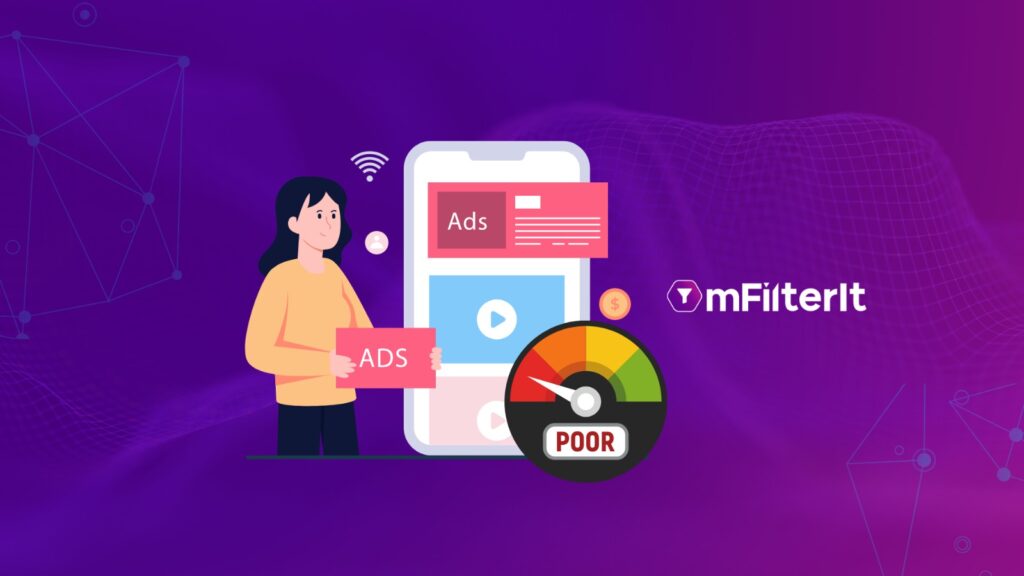Imagine working countless hours to perfect your brand identity and persona, only to have it decimated in the mind of a potential customer in a matter of seconds.
This isn’t a hypothetical horror story.
Most brand owners and teams spend considerable time and even more effort building their brand. It’s a harsh reality for many brands in the recent past. The culprit? Lack of vigilance to ensure brand safety.
Table of Contents
ToggleWhat Is Brand Safety?
Brand safety, in simple words, refers to the practice of ensuring branded content does not appear next to unsavory explicit, or offensive content. While most advertisers are painfully aware of their limited control over the placement of their ads, their consumers are not as discerning as them.
A few years ago, a media buying agency pulled its advertising budgets from YouTube and Google Display advertising platforms because of an article highlighting the appearance of ads next to neo-nazi and other forms of extremist content.
Just like the placement of ads next to ‘wrong’ content is bad for the brand’s perception, placement of the same ads next to complementary content can potentially drive better results. Ensuring the same is known as ensuring brand relevancy in digital advertising.
Both brand safety and relevancy are closely related topics and thus, may be confused with each other. However, in the high-stakes game of branding and advertising, there is no space for such confusion.
Difference between Brand Safety and Brand Suitability
Brand safety is all about ensuring your branded content does not appear next to anything that can be deemed offensive or extremist, or any type of content that your brand does not support. Common examples of such content include hateful content, violence, content that is offensive to a certain section of society, or content being used to spread misinformation.
In some cases, scandals involving influencers that are associated with a brand also qualify as brand safety concerns. Imagine a scenario where a health food ad running on video that contains violence or an ad made for adults featuring in Kid’s videos.
On the other hand, brand suitability refers to ensuring your brand’s content or ads appear next to positive and possibly relevant content. Brand suitability considerations take into account the context, meaning, and potential impact of a publisher’s content concerning the brand’s needs and audience.
In other words, brand suitability goes beyond the scope of brand safety (preventing brand content from appearing next to offensive content) and ensures that the brand’s content appears in a positive environment.
For instance, a ‘positive’ environment for an automotive ad would be very different from a positive environment for an ad for dog food. If the ad for dog food appears next to content about rescuing animals, it will probably perform better than the same ad appearing next to content about cars.
Impact of association of a brand with negative content
So what do the consumers feel when they see their favorite brand’s ad appearing next to an article talking about violence in Ukraine?
When a consumer views a brand’s ad placed next to the ‘wrong’ type of content, they may think that the brand supports the adjacent content. This isn’t an empty claim. According to a brand safety study, 49% of consumers say that they start perceiving a brand negatively when they see that brand’s content appearing next to offensive content.
What happens next? They screenshot the page and share it with their network. In the blink of an eye, the brand has a reputation crisis on its hands. Once again, this claim is supported by research that showed 75% of surveyed brands had been exposed to brand safety concerns in 2022.
Why is Brand Safety and Suitability non-negotiable?
Concerning digital advertising, both brand safety and suitability are non-negotiable concerns in 2024, but for different reasons.
With so much content being published on the web every day, brand safety concerns are growing by the day. There are millions of pieces of content that can potentially ruin a brand’s image, should its ads appear next to them. And this effect can unfortunately be long-lasting. In extreme cases, brand safety concerns can cause permanent and irreversible damage to a brand’s image.
Consider the investment of time, effort, and money that goes into establishing a brand. All of that can go down the drain in a single moment, just because one active internet user viewed the brand’s ad appearing next to something they find offensive.
In other words, when it comes to brand safety, the stakes are high and the margin for error is alarmingly slim.
On the other hand, brand suitability is non-negotiable because it allows brands to tap into the full potential of their advertising efforts. Sure, clickbait and controversies are still grabbing a lot of attention, but conversions are happening in positive environments.
Research conducted by Pinterest shows that 60% of consumers are more likely to remember brands that they encounter when they are feeling positive. In the digital context, content is a great influencer of emotions. This means that ads appearing next to positive content are likely to perform better than the same ads appearing next to neutral or worse, negative content.
In the same survey, two out of three respondents said that it is the brand’s responsibility to ensure their ads appear next to relevant and positive content and not adjacent to negative content.
Need for Brand Safety Monitoring and Brand Relevancy for Targeting
Until recently, brands and advertisers had little to no control over where their ads appear. With hundreds of new publishers being added to advertising platforms every day, the risk of brand safety and the gaps in brand suitability are growing exponentially.
mFilterIt helps brands navigate the murky waters of the digital advertising world by offering real-time online brand protection for their ad campaigns. Our brand protection solution are powered by AI and ML technologies and they continuously ‘learn’ what kind of environment is right for your digital advertisements.
This means, that with our solutions in your advertising arsenal, you can rest assured that your ads will never appear next to any content that your brand or your audience doesn’t support. Additionally, using our solution, you can ensure your ads are being placed on websites and next to content that prime prospects to view and remember your brand in a positive light.
Conclusion
Regardless of the control a brand or advertiser enjoys over the placement of their ads, both brand safety and suitability are the brand’s concerns. Going wrong with these can prove to be a costly mistake. In moderate cases, brands may struggle with underperforming campaigns because of bad ad placements. In extreme cases, brands may face an exodus of a substantial number of their consumers and find themselves dealing with a major PR crisis.
Fortunately, these situations can be avoided with the right brand safety and suitability tool on your side. It is time for brands and advertisers to truly take the reins of their ad campaigns and use them to deliver memorable and positive experiences that contribute to the business’s bottom line.
Get in Touch to learn more about brand safety.







